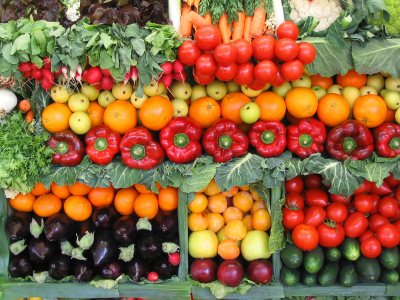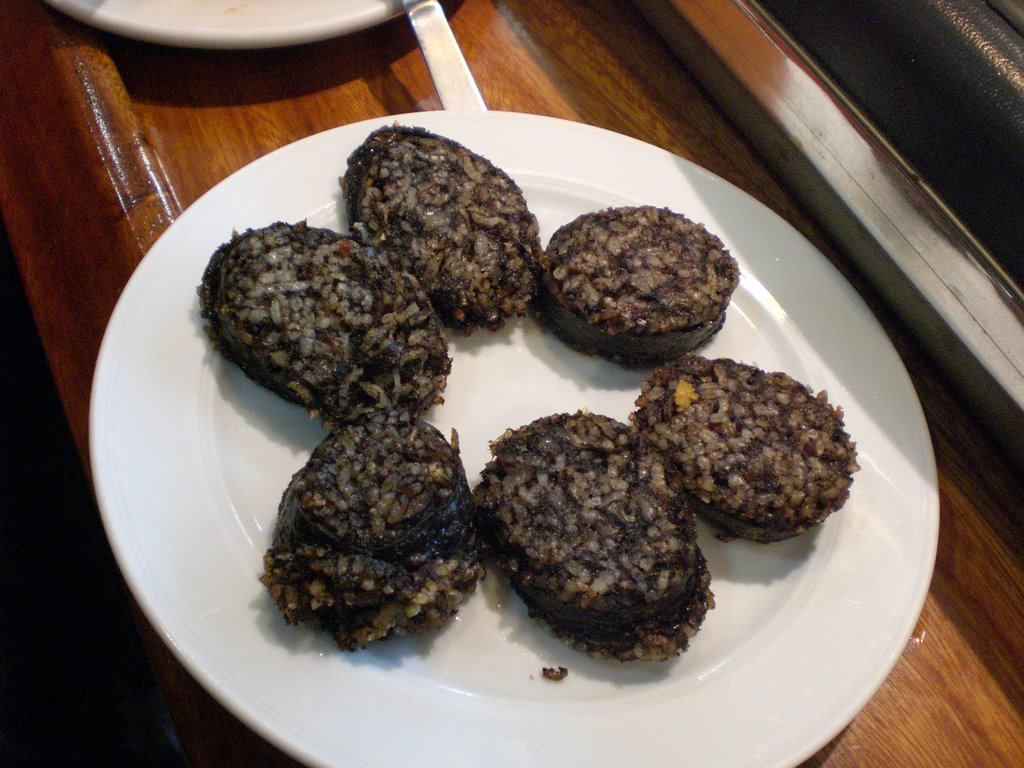So I continue this vow for 2015. No inspiration, no post.
 |
| Teacher Appreciation Day, what's not inspiring about this? |
Since moving back to Spain last summer I found myself wondering about my general outlook on life. I had gotten so comfortable living life here in Madrid that I almost forgot I was still living abroad. After the tragic death of Robin Williams, I vowed I had to seize the day more and push myself out of my comfort zone; whether it be small steps like buying running shoes, taking a Spanish exam, or hurtling down a mountain learning how to ski.
And yes, while it's a great to seize the day, there has to be some kind of balance to 'seizing the day' and being comfortable and secure. A balance I've never really felt like I've been able to grasp. Living with anxiety has always made me feel like I was living from one extreme to the next. I was always worrying about something, whether is was a legitimate concern or not.
 |
| Casual day relaxing with zombies at Parque de Atracciones. |
The last half of 2014 brought about various steps to balance out my life, on all different levels. A balance of saving and spending, of work and fun, of comfort and excitement, of worrying and relaxing, and of social time and "me" time. I guess that's what it means to 'grow up,' knowing when, where, and how far to push yourself. And I feel that it truly paid off, because 2014 has been one of my happiest years.
In 2014 I spent my first Christmas season away from home. Instead I visited with my boyfriend's amazing family in Santander and was welcomed with open arms into their holiday celebrations; had my first cotillón, my first roscón de reyes, and my first Carnaval. I spent a wonderful month at home in the summer enjoying the beach and time with my friends and family and renewed for a second year in my school.
Upon my return to Spain I pushed myself to learn and improve myself, both physically and mentally. I started to run in hopes of being able to run 5 km without my inhaler. I took the DELE (Diploma of Spanish as a Foreign Language) at the B2 level and I finished the year off by learning how to ski, even making my way onto some easy Red paths.
I took full advantage of living in Europe and traveled as much as possible. I saved every spare cent I could and explored more of Europe and Spain. With my father I returned to Paris, Rome and Toledo, but also traveled to new destinations like Ávila, Barcelona, Mérida, Santiago de Compestela, Ibiza, Salamanca, and Ireland. (And for all those who think it's not possible, I've also been actively saving and paying off my student loans. It's all about the private classes and budgeting).
In 2014 I spent my first Christmas season away from home. Instead I visited with my boyfriend's amazing family in Santander and was welcomed with open arms into their holiday celebrations; had my first cotillón, my first roscón de reyes, and my first Carnaval. I spent a wonderful month at home in the summer enjoying the beach and time with my friends and family and renewed for a second year in my school.
 |
| Beautiful Cantabria |
I took full advantage of living in Europe and traveled as much as possible. I saved every spare cent I could and explored more of Europe and Spain. With my father I returned to Paris, Rome and Toledo, but also traveled to new destinations like Ávila, Barcelona, Mérida, Santiago de Compestela, Ibiza, Salamanca, and Ireland. (And for all those who think it's not possible, I've also been actively saving and paying off my student loans. It's all about the private classes and budgeting).
 |
| Templo de Debod |
As 2015 arrived, I thought about my initial goals for arriving to Spain and how they all circled around traveling and Spanish. Of course there's nothing wrong with wanting to see the world and improving my language skills, but few of them focused on my health and well-being. My blog is called "Life after College," and I feel like over the past few years I've lost sight of my original intentions: documenting my life after college in a relatable way.
Yes, my own life has revolved around Spain the past couple of years, but I don't want to paint an idyllic picture of my life as sunshine and roses. Spain is wonderful and I love living here, but I still have doubts of my post-graduate life. How am I going to pay off my student loans? What am I doing with my life? What am I going to do in the future? Is this the right choice for me?
So I've created new goals this year, goals that balance my love of travel with my health and well-being. Goals to help stay true to myself, and to this blog. Goals to help make the most of my life after college.
- Stick to a consistent exercise routine
- Eat healthier foods without sacrificing taste
- Run 5 km without an inhaler
- Learn how to relax
- Save for my student loans
- Blog when I can, and share the good and the bad
- Improve my Spanish to take the C1 exam next spring
- Travel to two new countries this year (Portugal down, one more to go)
- Visit the rest of Spain's autonomous communities
- Aragón
- Gran Canarias
- Comunidad Valenciana
- Murcia
I am excited to work more on this blog this year, and to share some fantastic news. Big changes are coming my way this year, and I couldn't be happier!












































